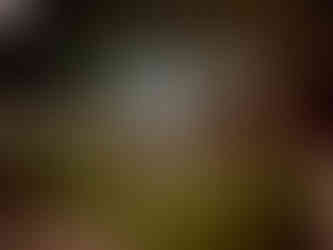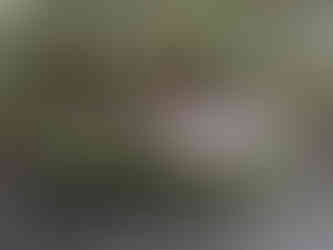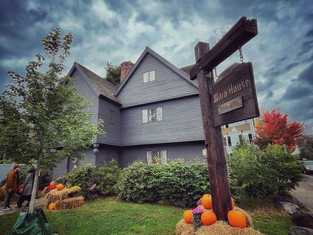My Scary Travels: Boston & Salem, October 2021
- Señor Scary
- Oct 16, 2021
- 2 min read
Updated: Sep 22, 2023
Anyone who loves Halloween, the occult, or history owes themselves a trip to Salem, MA. I was fortunate to be able to do so in October and marked another item off my The Boo-ket List. It was a grim, stormy day and I could not be more pleased. While time here was limited, I’m certain to be back on this curious place.
I went to Boston for a graduation so didn’t have a lot of time to be a tourist. I immediately hopped on the Ghosts & Graveyards Tour to cover a lot of ground in the North End. My education to colonial life was crucial in understanding the point of view of Salem people. The many injustices that befell Boston was equally terrifying, and the way the dead were treated (they often moved headstones but left the bodies) seems to bequeath the city to restless ghosts.
The first cemetery was Copp’s Hill Burying Ground (est. 1659), Boston’s second oldest cemetery and resting place of Salem Witch Trials’ key figures like Reverend Increase Mather and Cotton Mather. Orbs, strange flashes and disembodied faces appear in photographs of the many souls not at rest. This was followed by a trip to the Granary Burying Ground (est. 1660) where as estimated 5000 people were laid to rest, now in mostly unmarked graves.
I had about half a day in Salem and started with a visit to the Charter Street Cemetery, Salem’s oldest cemetery founded in 1637. Adjacent to the cemetery is the Witch Trials Memorial. The modest memorial has 20 stone benches for each victim put to death during the witch trials, and as I walked along the path I read each name out loud. It was heartbreaking and difficult to synthesize the history I've always heard about to the actual place where it happened.
Salem offers much shopping and museums, and it was tempting to go deep into debt buying everything. Stores seemed to fall into two categories: occult shops and tourists shops. The occult shops offered many gems, tarot cards, psychic readings and witchy paraphernalia while the tourist shops offered tees, stickers, and souvenirs in some really fantastic graphics. I had a profoundly moving conversation at the Hermetic Arts Learning Center with owner Maria Carles. I also lined up for a chance to visit Emporium 32 for some vintage goods, and visited the knowledgable staff at Wicked Good Books for a Salem history book. We also visited Count Orlok's Nightmare Gallery, a kind of wax museum to every horror icon that ever graced a screen. Oddly, they allow no photos, which is a shame since social media would be all over it to offer free promotion. We just happened to stumble upon it when it should've been a horror fan's destination.
The last stop on the trip was The Witch House, home of Jonathan Corwin who first investigated the outbreak of "witchery" and then took over as judge, eventually sending 19 innocent people to their deaths. It’s a museum of 17th century living now but its dark, foreboding presence can easily be seen.
































Yorumlar